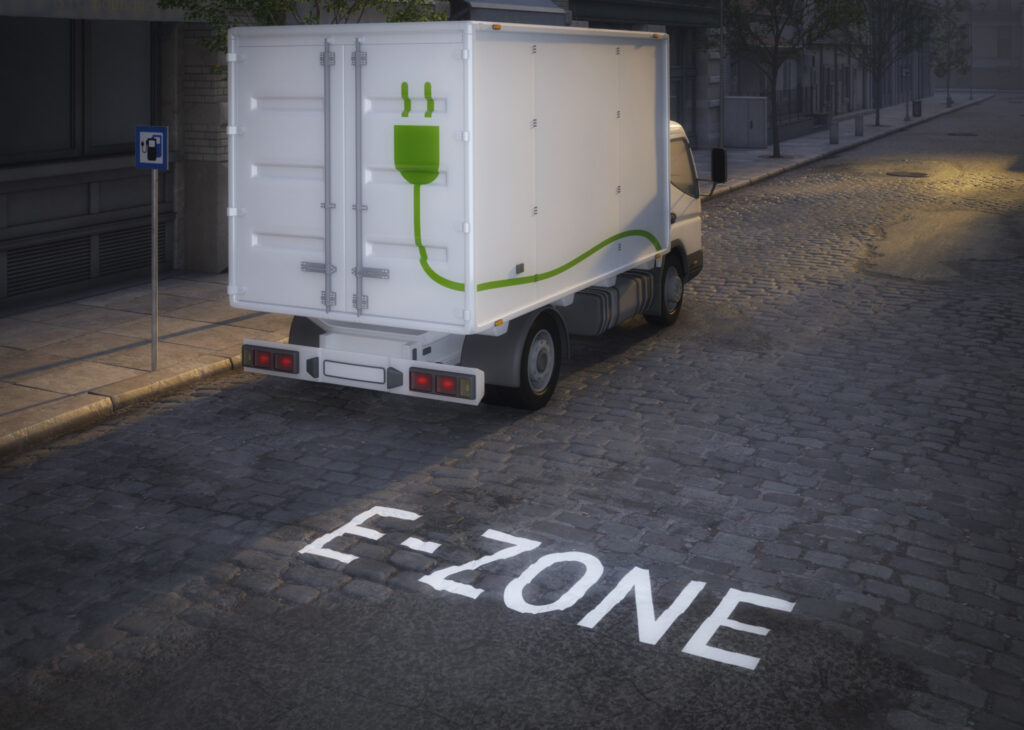Electric vehicle rollout faces power generation barriers
TORONTO, Ont. – Interest in electric vehicles continues to grow, but energy analyst Robert Bryce points to an array of barriers that must be overcome before any widespread rollout – including the way electricity is generated and delivered.
“Energy transitions take a long time. They’re difficult. They’re expensive,” said the author of Question of Power: Electricity and the Wealth of Nations, during an online presentation for the annual Heavy Duty Dialogue conference.

Battery-electric vehicles continue to face the challenge of limited energy density, Bryce explained, noting that diesel boasts 79 times more energy density per kilogram than a lithium-ion battery. This translates into the heavy batteries that can be especially problematic for freight-carrying trucks required to travel long distances.
“It’s really a story about simple math and basic physics,” he said. “Energy density is particularly important if you’re moving things around.”
Generating the required energy for charging stations — especially if it’s expected to come from renewable sources — represents a challenge as well.
To put future electrical demand in perspective, Bryce said U.S. trucks use 714 million barrels of oil per year, and each barrel equates to 1.64 megawatt-hours of energy. In electrical terms, that would be 1,170 terawatt-hours per year. If just half the trucks were electric, this would require double the electricity currently produced by wind farms in the U.S.
“Any way you slice it, it’s going to be a very large amount of energy,” he said.
Then there’s the question of how to get the electricity where it’s needed.
“It’s not just about the production of electricity. It’s about delivering the electricity to where the demand is,” he explained.
Even if commitments were made to build the transformers, transmission lines, and distribution lines, there are questions of who will pay for them, and the inevitable battles about where high-voltage transformers could be installed.
“Whatever the energy form, it’s facing friction, and that is the reality in the world in which we live,” he said.
Hydrocarbon-based energy sources face challenges like canceled pipeline projects, but Bryce has also tracked 280 rejected or restricted wind projects since 2015. There have be protests around the related land use for these green projects, too.
Solar panels produce 10 watts of electricity per square meter, and wind turbines generate a single watt in that space, he said.
“They need a lot of land to produce a lot of power.”
While California is leading the push for electric vehicles, it faces energy challenges of its own.
“We just had blackouts, historic blackouts in California due to lack of generation capacity,” Bryce said.
Broader vehicle electrification could also introduce new risks and vulnerabilities, he added. When Hurricane Laura hit Louisiana, for example, it knocked out the electrical grid. That would wipe out the ability to charge vehicles.
There are environmental implications for the underlying technologies, too. Any transition to solar power to generate the required electricity would also place a higher reliance on rare earth metals that are largely controlled by China, he said as an example.
It all comes at a cost. And that will need to be measured against the value customers place on choices to support environmental, social and governance issues; the economic viability of electric trucks; and the reliability of the grid.
In the midst of it all, electric vehicles continue to face competition from a fuel source with a well-established distribution network.
“Diesel fuel is still relatively cheap on a historical basis,” he said, noting that the cost is largely unchanged over 40 years when adjusting prices for inflation.
Have your say
This is a moderated forum. Comments will no longer be published unless they are accompanied by a first and last name and a verifiable email address. (Today's Trucking will not publish or share the email address.) Profane language and content deemed to be libelous, racist, or threatening in nature will not be published under any circumstances.
Wow! It sounds like Mr. Bryce gets paid by the oil and gas industry. There us so much wrong in this article I had to reply. The blackouts in California are due to forest fires caused by climate change from the burning of fossil fuels not from lack of generating capacity. When a hurricane causes blackouts it’s true you wouldn’t be able to charge your vehicle but gas pumps wouldnt work either without power. Who needs a “well established distribution network” that oil and gas has today. What could be easier then using the electrical source at home or work? Even though diesel is relatively cheap it’s still more expensive then electricity.